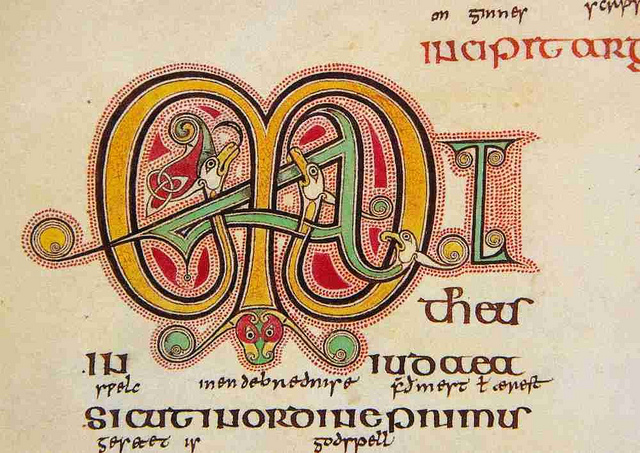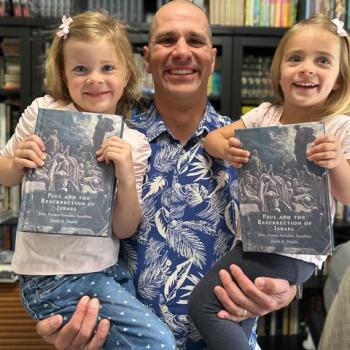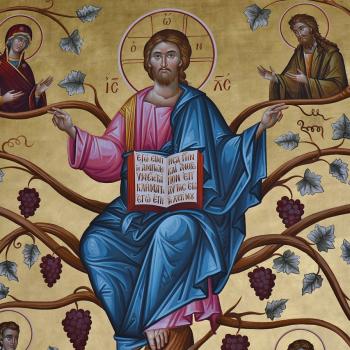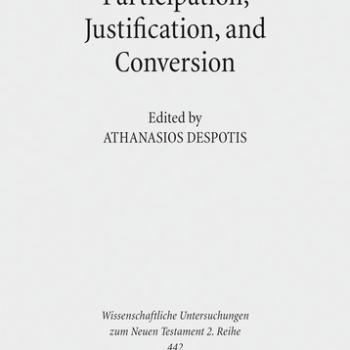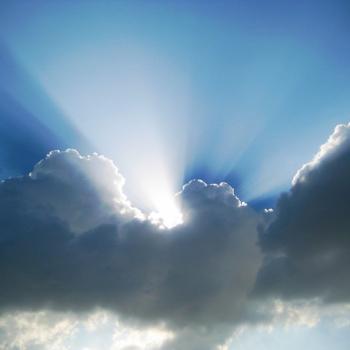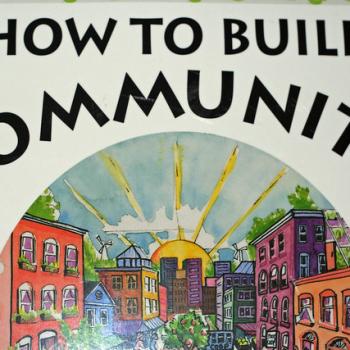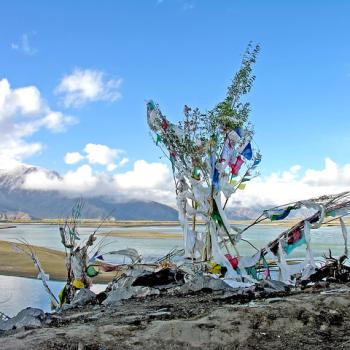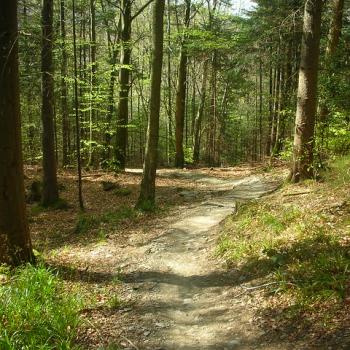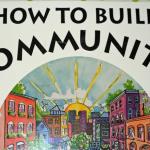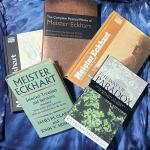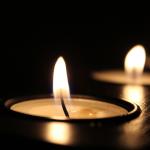From Egyptian deserts, to Italian caves, to stone monasteries, each generation creates monastic life.
Our Story So Far
It is easy for us to think monastic life is far away, hidden behind walls, shrouded in secrecy. We have pictures in our minds of robed religious people, chanting or being silent.
Monastic life has always been for people more focused on spirituality than religion. The first hermits and monks to head into the desert were not priests, but regular people. They sought to escape the distractions of living in cities, and concentrate. Benedict’s Rule advises monasteries not to allow too many priests to become members.
Our preconceptions make it more challenging to see how we have benefitted from monastic life. It is easy for us to forget how monasteries have contributed to our everyday lives. Much of what we know about our ancient history was preserved in monasteries. When great empires have collapsed, monasteries have protected treasures of our past. The lessons of the past collected by monks have shaped our present.
People living monastic life have contributed to every aspect of our lives. Monks have pioneered research and insights in science, music and the arts, and history. Hildegard von Bingen, in the 12th Century, was the first person to write about using hops in brewing beer.
For centuries, people practicing monastic life have had the independence to explore new ideas.
Monastic life has also shaped our understanding of spiritual life for over a thousand years. Writers in monasteries reflect on, and describe, how we approach the Sacred. With time for reflection, they have have left us classics which recount their own journeys. Their struggles and insights give us guidance and mileposts to follow in our own inner lives.
In the last century, Thomas Merton wrote poetry and nonfiction, and took photographs, which continues to inspire us. His autobiography, The Seven Storey Mountain, sparked a new wave of interest in monastic life. His writings addressed a wide range of personal, social, and political issues.
The Dramatic Present
There are indications we reaching a turning point in monastic life. Communities have more people living monastic life in the world as oblates than in monasteries. Demand for books, training, and other materials on monastic practices continues to grow.
Are we approaching a tipping point? Could monastic life become more prevalent in everyday life than in monasteries and hermitages?
At a time when many see monastic life as something from the past, are more people seeing it in a new way?
The Potential Future
Like the monastic voices who have inspired our story so far, we will shape the future of monastic life.
The time we spend in reflection and contemplation, our insights, our writings, will continue the story. How we respond to the wisdom and trust we have received will create the future of monastic life.
How will we contribute to the future of monastic life?
Whose monastic voice inspires you?
What is the future of monastic life in you?
[Image by manuscript_nerd]


